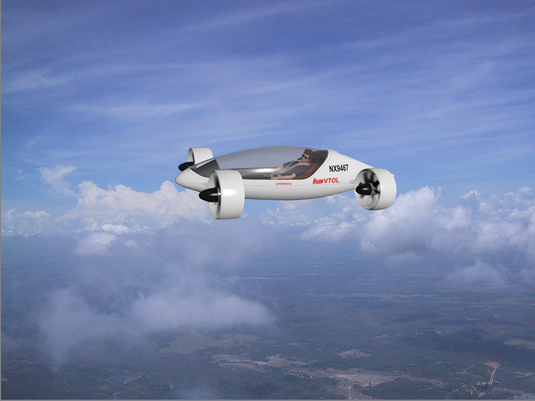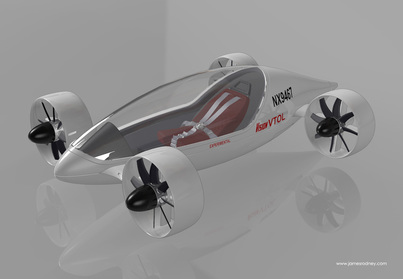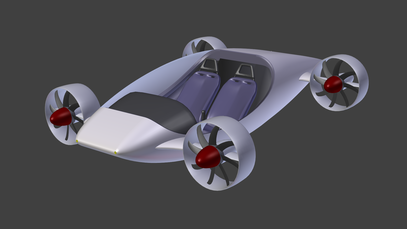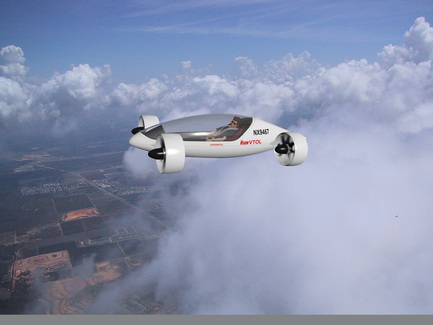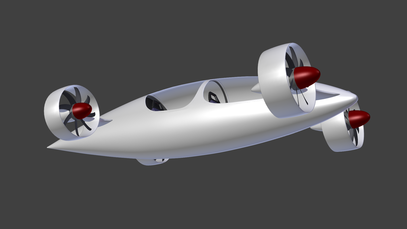Vision VTOL: The Future of Electric Aviation
The Vision VTOL is an innovative aircraft platform that holds the potential to revolutionize the field of electric aviation. Developed with a focus on the upcoming advancements in electric power storage and energy breakthroughs, the Vision VTOL is designed to overcome the limitations of current lithium batteries and unlock new levels of range and performance.
Electric motors, with their simplicity and reliability, have emerged as a promising alternative to traditional turbines and piston engines. With only one moving part, electric motors offer improved reliability and reduced maintenance requirements. The quiet revolution in aviation, marked by the proliferation of quadcopters and multirotors, further supports the viability of electric motors in aircraft propulsion.
However, the primary challenge facing full-size electric multirotors is their limited range. This is where the Vision VTOL comes into play. By harnessing the simplicity of electric quadcopters and eliminating the need for control surfaces, wings, and fuel systems, the Vision VTOL offers a scalable and cost-effective solution. The electronic controls, software, and sensors employed in drones can be utilized in single-seat aircraft or even flying homes, providing significant advantages in development, safety, cost, reliability, and scalability.
With an energy density of just five times that of current lithium polymer batteries, the Vision VTOL becomes practical with a three-hour range. However, ongoing research aims to achieve a hundredfold increase in energy density and storage life expectancy. This breakthrough would enable transcontinental flights at high speeds, making electric aviation the most practical and efficient form of transportation.
Consider the possibilities: a car with a 20,000-mile range. Now imagine a similar leap in electric aviation. This advancement has the potential to render roads and airports nearly obsolete, transforming the way we travel.
The Vision VTOL represents the dawn of a new era in transportation, tailored specifically for ultra-long-range electric power and storage. Offering unprecedented safety and luxury, this aircraft is designed for point-to-point transportation. Although the initial concept was conceived more than a decade ago, all the necessary technologies have now been fully developed.
The cockpit of the Vision VTOL draws inspiration from modern sailplanes, boasting exceptional comfort and streamlined design. Excellent visibility ensures an enhanced flying experience. The propulsion system comprises electric motors, including tilt motors. The original design incorporates eight motors, four for thrust and four for rotor tilt, providing optimal performance and flexibility. This configuration may be expanded to sixteen motors in the future. Instead of conventional wings and control surfaces, the Vision VTOL utilizes highly efficient circular wings formed by the ducted fan shrouds. By optimizing for high speed and minimizing the required lift, the aircraft experiences reduced turbulence effects. The original design also integrates an advanced acoustic airflow coupling between the front and rear wings, enhancing aerodynamic efficiency at high speeds.
Beyond being an aircraft, the Vision VTOL serves as a platform to showcase groundbreaking energy breakthroughs. It represents a glimpse into the potential of sustainable energy for humanity. Development primarily takes place through simulation, virtual reality, video games, RC models, UAVs, and stabilized camera platforms. These approaches significantly reduce development costs. Moreover, the project adopts an open-source development model, promoting a global team approach and accelerating progress towards an energy paradigm shift.
To comprehend the Vision VTOL, it is crucial to understand that the size of electric motors plays a minor role in their functionality. The technology remains the same regardless of scale. Additionally, electric motors designed properly exhibit superior reliability compared to traditional powerplants. Primary stability is provided by reliable piezo gyros, similar to those found in cell phones or toy quadcopters. The technology has already proven its reliability, with millions of devices employing it. The main difference between the Vision VTOL and existing quadcopters lies in the tilt function, enabling higher cruise speeds and
Hits: 2
